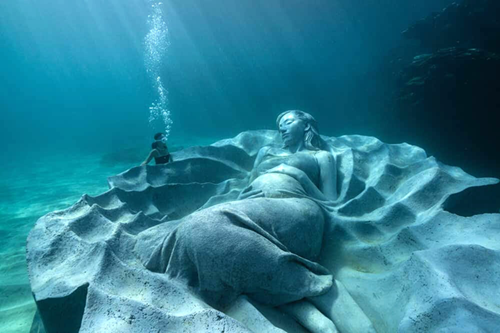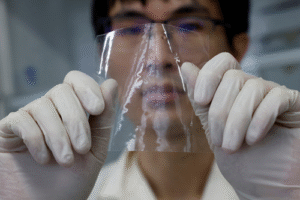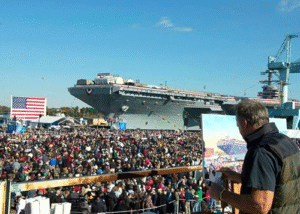Japan has marked a historic fusion of art and environmental conservation with the installation of ‘Ocean Gaia,’ the country’s first-ever monumental underwater sculpture. Resting approximately five meters (16 feet) beneath the surface off the coast of Tokunoshima Island, the artwork serves as a profound symbol of life, renewal, and ecological reconnection.
The massive sculpture, which weighs over 45 tons and spans 5.5 meters (18 feet) in width, was created by the world-renowned pioneer of ecological sculpture, Jason deCaires Taylor. The serene, large-scale portrait of Japanese model Kiko Mizuhara is intentionally situated close to shore and embedded within the fringing reef.
‘Ocean Gaia’ is a work of quiet meditation on creation and fertility, viewing the ocean not as something separate from humanity, but as the original womb of life—a place that holds, heals, and sustains all existence.
The sculpture’s design is deeply rooted in the local culture and environment of Tokunoshima, an island known for its high birthrate and healthy centenarian population.
Maternal Force: The work draws from the myth of Gaia, the primordial mother, reflecting the local mountain range’s silhouette, which resembles a sleeping pregnant woman.
Marine Habitat: The sculpture is perforated with openings to invite marine life inside, deliberately transforming the artwork into a new artificial reef and habitat for fish, corals, and crustaceans.
Local Inspiration: Its gently swirling contours echo the intricate sand circles crafted by the native Japanese white-spotted pufferfish (Torquigener albomaculosus).
Taylor hopes the work will inspire renewed cultural interest and a deeper connection with the sea among the island’s local youth, many of whom have left for larger cities. The sculpture stands as a powerful reminder of the delicate and vital interconnection between humanity and the marine world.






